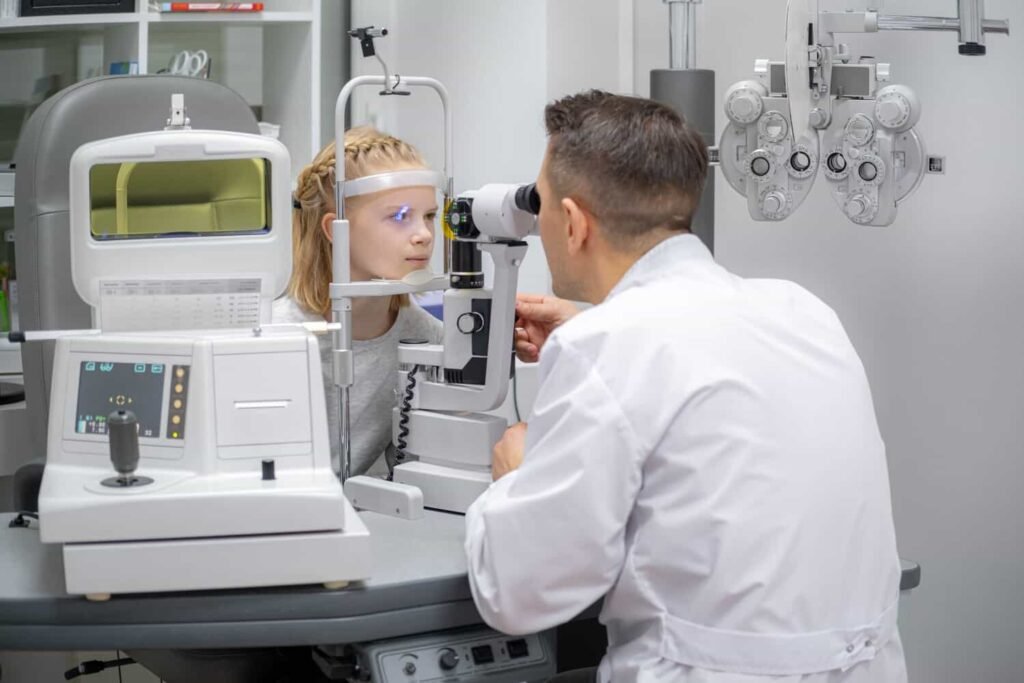Nothing replaces an eye doctor’s skill. But in 2026, you need more than that.
Modern diagnostic tools are essential for optometry. The number of optometry practices using technology grew by 35% from 2018 to 2022. AI use is growing, and teleoptometry has promise. It can help treat patients in remote areas and monitor conditions like macular degeneration.
Choosing the best tools, however, can be a challenge. This article will equip you to select the best new or upgraded tools for your practice, enabling you to provide better patient care.
What Makes a Diagnostic Tool “Best” in 2026?
The most important thing here is to provide the best experience for patients. Consider the following factors:
Accuracy and Reliability
You need every diagnosis to be accurate. A good digital tool will consistently provide a correct diagnosis and not be “down” when most needed. Modern diagnostic tools offer updated metrics and software integration to make them more user-friendly.
Choose tools you can trust to improve your skills. They should provide the data you need to diagnose each case correctly every time.
Patient Experience
Diagnostic eye exams can be uncomfortable, but good tools help make them more comfortable for patients. Good tools are also fast, minimizing the time the machine is used and the wait time for results.
Reducing wait time helps all patients. It stops the chain reaction that occurs when an early appointment runs late. This delay can push back every subsequent appointment.
Interoperability
Over 90% of optometry practices now use some form of electronic health records (EHR). Diagnostic tools must integrate with these systems, sync to the cloud, and allow remote patient monitoring.
They need to communicate well with other devices and systems. This allows data to be transferred without hand, reducing the risk of errors and speeding up the process.
ROI Considerations
The cheapest tool doesn’t necessarily give the best ROI. Look at durability, paying special attention to the length of the manufacturer’s warranty. Research ongoing support, including options for after the warranty expires.

An expensive tool that lasts many years is cheaper in the long term. For durability, check the software support. See if the device is “future-proofed” or if it will quickly become outdated. Typically, it’s best to avoid good deals on devices reaching the end of their support life.
Compliance and FDA Regulations
The FDA must approve all medical devices in the U.S. For example, in 2024, the FDA approved the OcuMet Beacon, a noninvasive tool for evaluating retinal health. Do not use non-compliant devices. You may not be able to ensure their safety, and you could face serious liability issues if a patient gets hurt.
At the same time, monitor what the FDA approves to track trends and identify new devices that may be useful in your practice.
Top Diagnostic Tools for Eye Care Clinics in 2026
The best tools for your clinic should be chosen based on your budget, patient load, and patient demographics. However, here are some of the best diagnostic tools for modern eye care clinics that you can use to help your patients.
1. Autorefractors/Keratometers
Autorefractors measure the actual refraction of light through the eye. They can help make eyeglass prescriptions more accurate and detect eye misalignment.
This is especially useful for young children and people who cannot read or identify letters for standard tests. They can result in faster exams and less reliance on patient feedback.
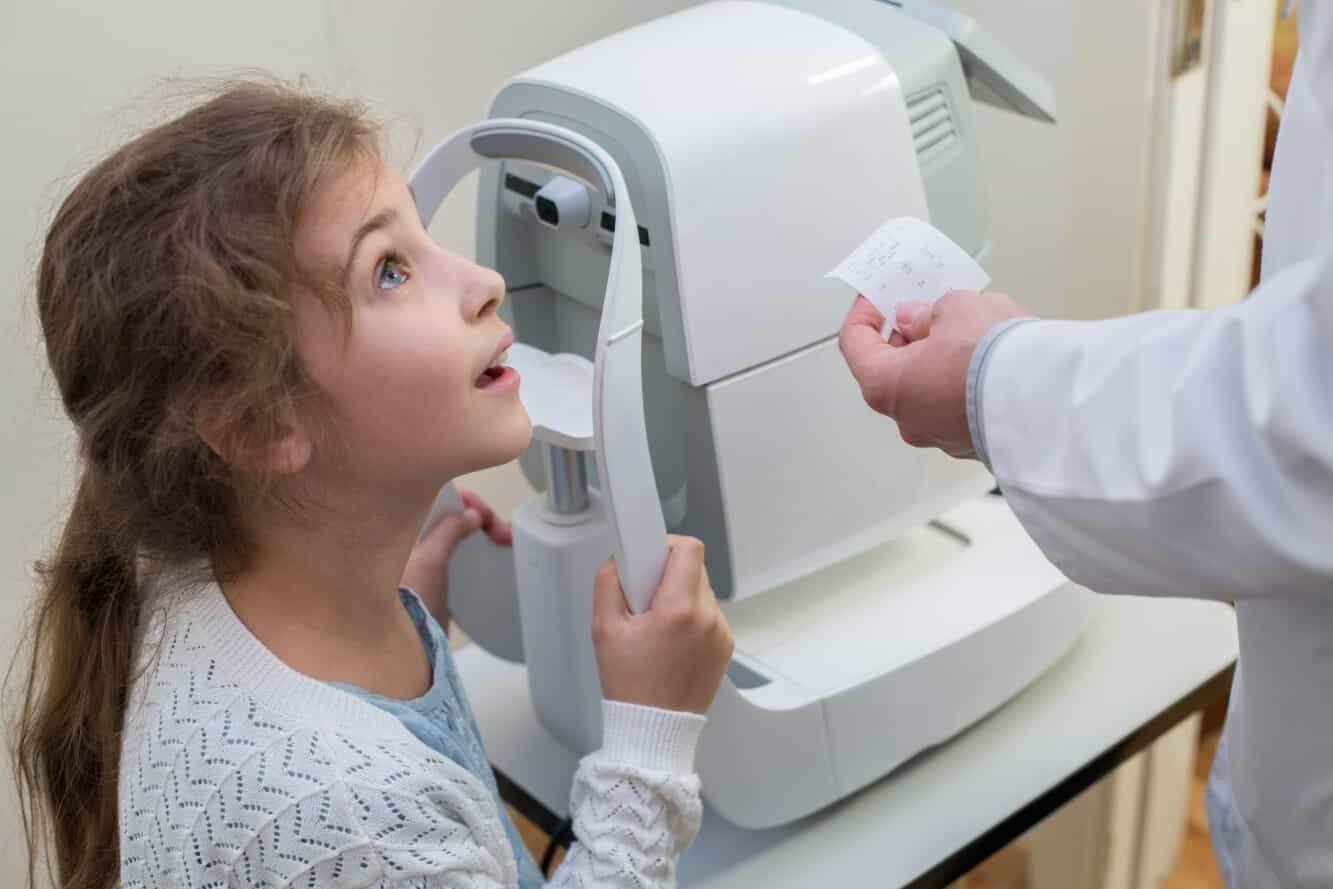
Keratometers support this by measuring the curve of the cornea. Doctors use them to diagnose astigmatism and help provide better correction. Before keratometers, many astigmatic individuals couldn’t achieve 20/20 corrected vision.
A combination instrument is well-suited for offices with limited space. The Nidek ARK series offers both in-office and handheld refractometers and keratometers. It is known for its accuracy and high-quality optics.
Topcon Healthcare is another excellent provider, and its products are famous for being hugely innovative. The KR-1W combines geometry and autorefraction with various other measurements for comprehensive screening.
AI can further enhance autorefractors, particularly handheld ones. Researchers have demonstrated that it enhances accuracy and efficiency by reducing appointment length and wait times. This works with cloud systems to improve analysis. It also allows for quick information transfer to another office or a specialist.
2. Optical Coherence Tomography (OCT)
OCT takes pictures of the retina using near-infrared light. Doctors use it to monitor retinal health and guide treatment for conditions such as glaucoma, diabetic retinopathy, age-related macular degeneration, and other retinal disorders. Practices with older patients find it essential, and retina specialists use it as a key screening tool. It gives accurate images of the retina and its related blood vessels.
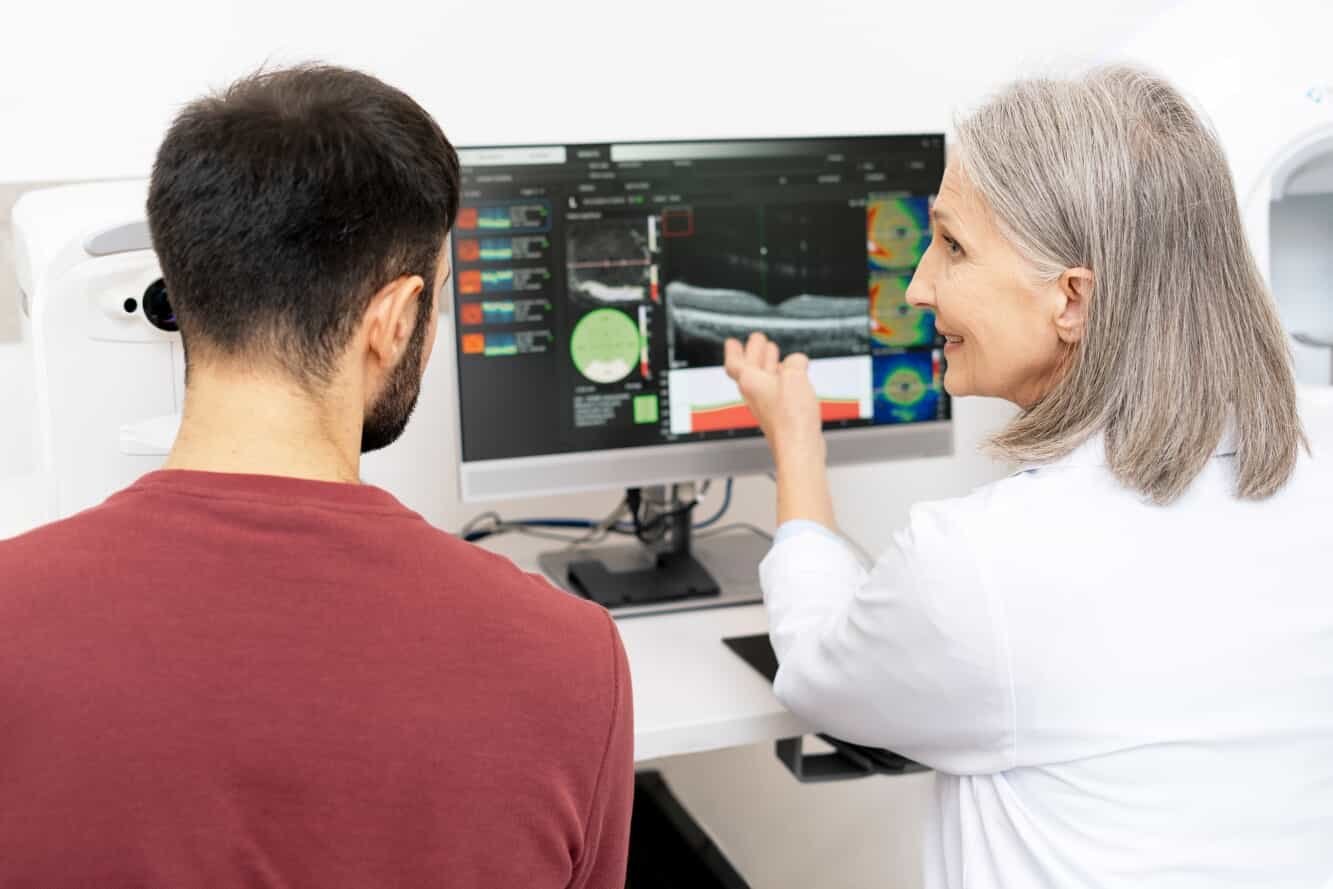
Heidelberg is a high-quality brand for OCT and OCTA systems. They use this brand on the ISS to check astronauts’ eye health, as microgravity can harm their vision. Their SPECTRALIS multimodal imaging platform is remarkably accurate for managing glaucoma.
Another brand many providers appreciate is Zeiss Cirrus. The Zeiss Cirrus 5000 features a wide field of view and a fast scan, allowing patients to be out quickly.
This is another area in which AI is proving valuable. AI can flag anomalies in real time, even before the scan is completed, and guide the provider on where to look. Swept-source technology improves accuracy for anterior eye imaging, which is used to image the cornea and scleral structures.
3. Digital Phoropters
Digital phoropters are expensive, but they are well worth it in terms of increased efficiency. Instead of manually switching lenses, you can tap or fully automate the process.
This eliminates the human errors common with traditional phoropters, where the provider and the patient can make mistakes. This allows doctors to engage more with the patient and reduces the time spent on exams.
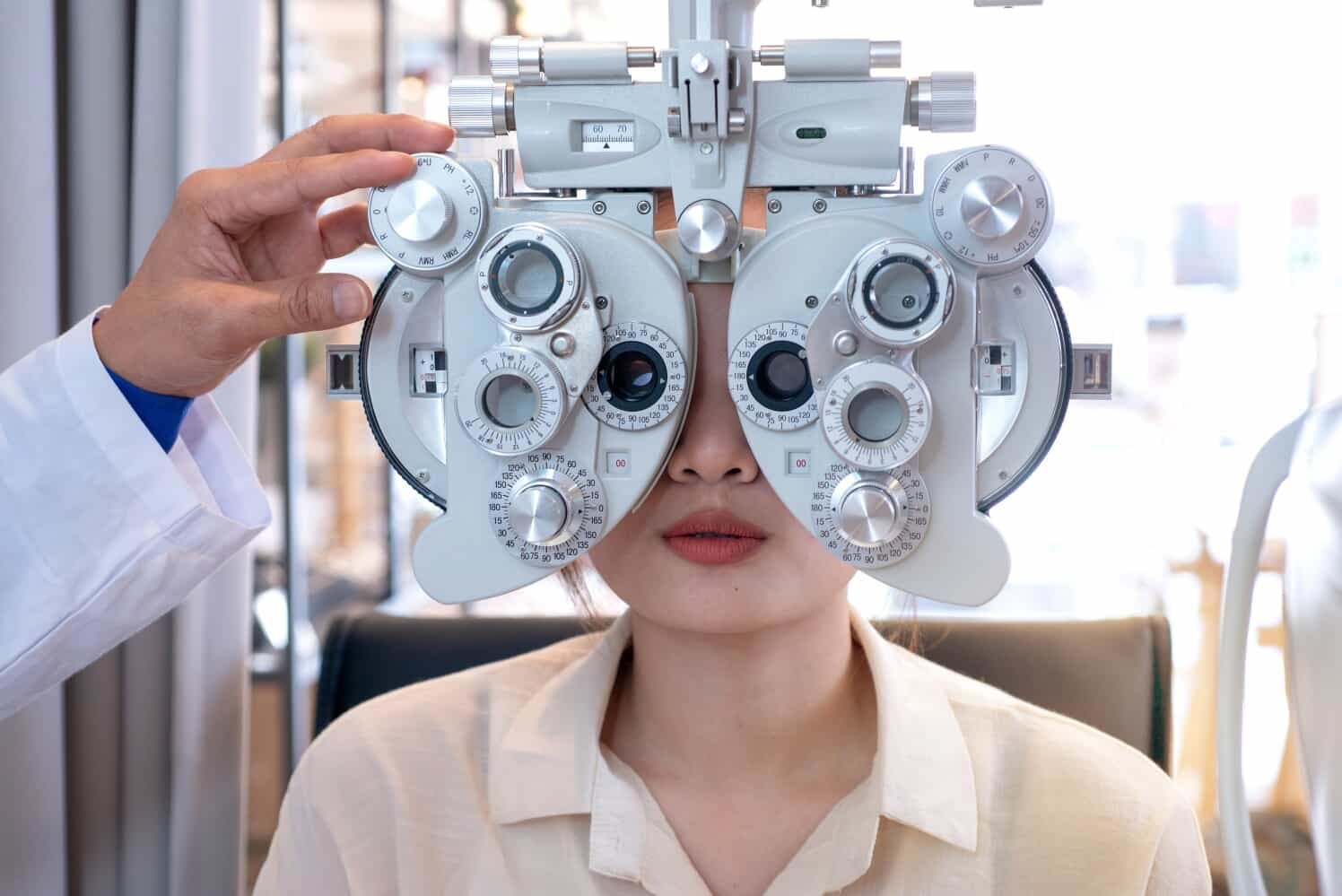
The system sends data automatically, and users rapidly adopt digital refractors as the standard. Many patients also find them less annoying.
Reichert produces high-quality digital phoropters, including the VRx. It’s quiet, exchanges lenses very quickly, and is telehealth-capable.
Topcon also provides a good option with the CV-5000S. It is speedy and features integrated data transfer, sending the prescription to wherever it is needed. It also features a “before and after” mode to display the patient’s new prescription.
The VRx features touchless operation, enabling telehealth. It lets the practitioner stay seated instead of standing to use the phoropter, saving time.
And most of these phoropters sync into an electronic medical records system. The practitioner creates and checks the prescriptions. The team then sends them to the patient and the lens maker without errors.
4. Visual Field Analyzers
About 4.22 million Americans have glaucoma…and nearly half are undiagnosed. Glaucoma is easy to manage but remains a leading cause of blindness globally.
Visual field analyzers are a key tool for the early detection of glaucoma, reducing the risk of blindness. Any change in your visual field should be checked. A visual field analyzer can help find problems and track changes over time.
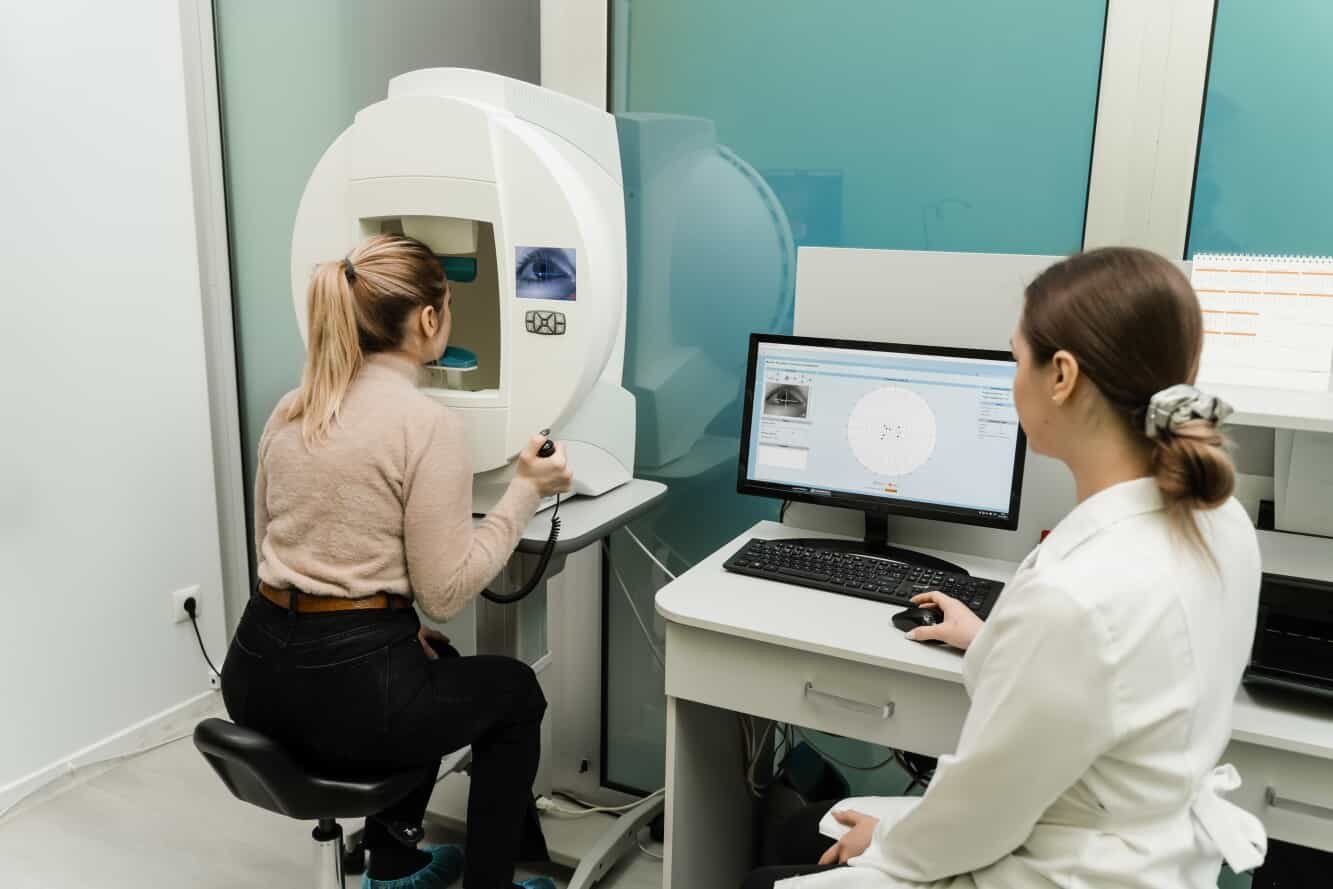
The gold standard in this context is the Humphreys Field Analyzer. The modern version provides guided progression analysis (GPA). This tool tracks a patient’s visual field over time.
It also helps assess how well treatment is working. This allows you to prioritize your patients’ needs and avoid both undertreatment and overtreatment.
Over time, we have increased the test speed without losing accuracy. The device helps standardize tests and collects all the necessary data. It also screens the macula for damage.
Cloud integration and reports help speed up analysis and diagnosis. They also shorten office visits and make it easier to track the disease’s progression.
5. Fundus Cameras
During regular eye checks, Fundus cameras photograph the rear of the eye, including the retina, optic disc, and macula.
It helps find retinal injuries and changes. It also screens for retinal diseases, uveitis, tumors, optic nerve issues, visual field problems, and other eye infections. The higher the quality of the camera, the better the image and the more accurate the screening.

Over time, fundus cameras have become increasingly sophisticated, producing higher-definition images. If your fundus camera is a few years old, it might be time to consider an upgrade.
Canon is known for its cameras. They also make great fundus cameras.
One example is the CX-1 Hybrid Digital Mydriatic/Non-Mydriatic Retinal Camera. It features five photography modes and captures 32.5-megapixel images. It also has excellent image processing features.
Optos offers Silverstone, an ultra-widefield fundus camera that works in conjunction with swept-source OCT, providing the most accurate retina scanning. A simpler option is California, which produces clear retinal images and supports multiple imaging modalities.
Emerging Technologies to Watch
The development of diagnostic technologies has, if anything, accelerated. While some refine existing tools, such as GPA and higher definition retinal images, others are newer. Here are four emerging technologies we think eye doctors should be paying attention to:
AI-Powered Screening Tools
AI has much potential to support your work when screening and diagnosing patients. AI can look at risk factors for glaucoma. It can react quickly to problems during a screening test. This gives you more time to discuss rare or complex diagnoses with your patient.
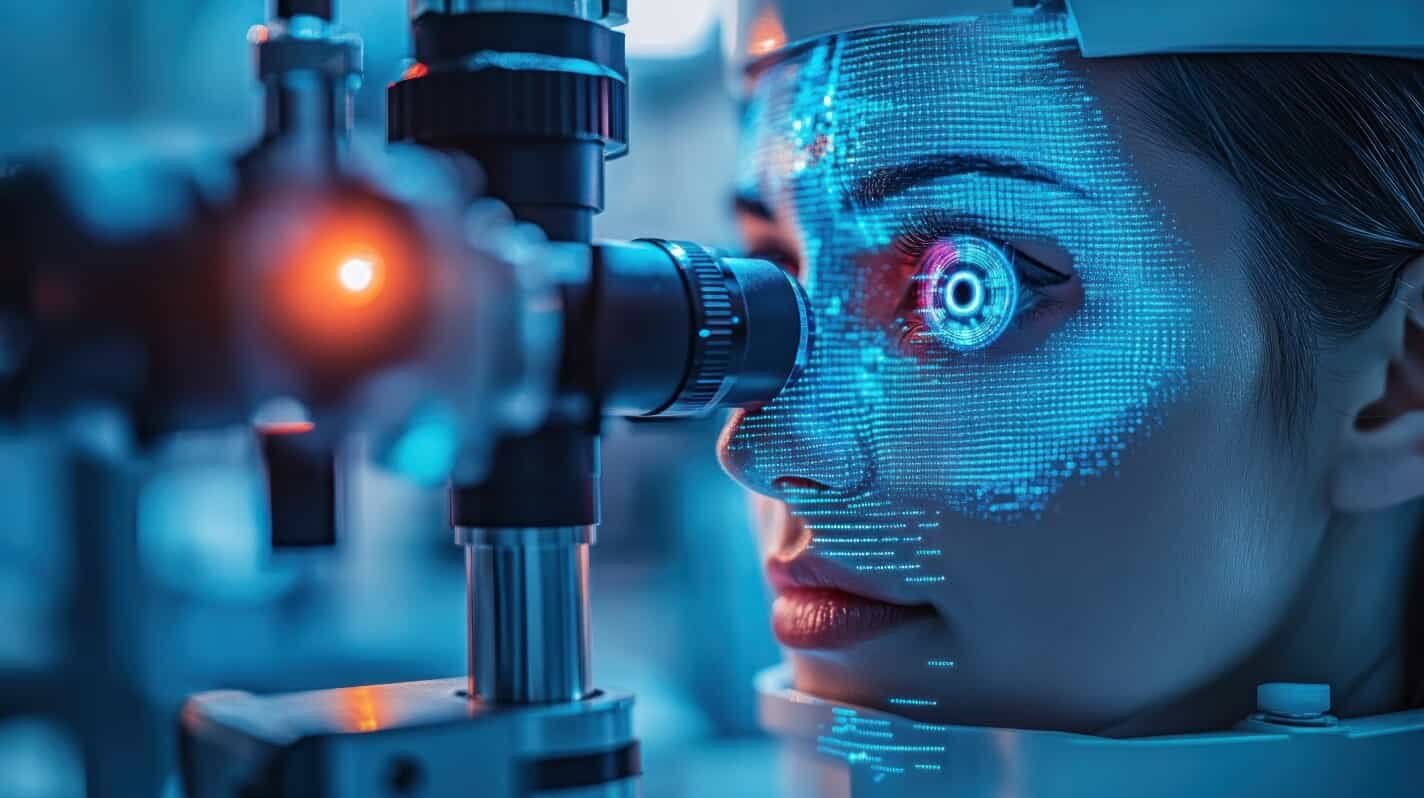
However, AI does require accurate data. You can gather data from patients or buy it from a marketplace.
Ensure the data you use is of high quality. Also, check that any tools you buy or subscribe to have good data. AI should complement your skills as a physician, not replace them.
Tele-Optometry Compatible Devices
Tele-optometry is experiencing rapid growth as providers and patients alike recognize its value. It helps people in remote areas get care at a satellite clinic, where only a technician is on site. It also lets eye doctors connect with specialists who are far away.
Not all conditions can be diagnosed and treated with telehealth. However, it can save patients travel time and help improve access and fairness in rural areas. Looking for tele-optometry-compatible devices is worthwhile, especially if you are far from specialists.
Wearable Eye Diagnostics
Imagine a contact lens that tracks a diabetic’s blood sugar and sends the data to their phone. You don’t need to imagine it… It’s already in the works.
Wearable eye devices can help monitor eye pressure in people with glaucoma, use eye-tracking technology to detect movement disorders, and adjust vision for those with central vision loss.
Wearable devices are being studied to help treat myopia. They can also track eye movement before cataract surgery.
This helps surgeons create better lenses. Additionally, they can monitor eye dryness and more. This field is still in its infancy, and researchers still have a lot of work to do, but the promise is great.
Real-Time Ocular Imaging Advancements
Real-time imaging and eye tracking can enhance diagnosis and monitoring, improve prescription accuracy, and detect issues such as glaucoma and diabetic retinopathy at an earlier stage.
With AI, real-time imaging enables eye doctors to “see” things they would not normally be able to. It uses light properties that the human eye cannot detect.
Advanced imaging can detect inflammation, measure retinal damage, and reduce the need for more invasive tests, such as dye injections.
Buying Considerations for Eye Care Practices
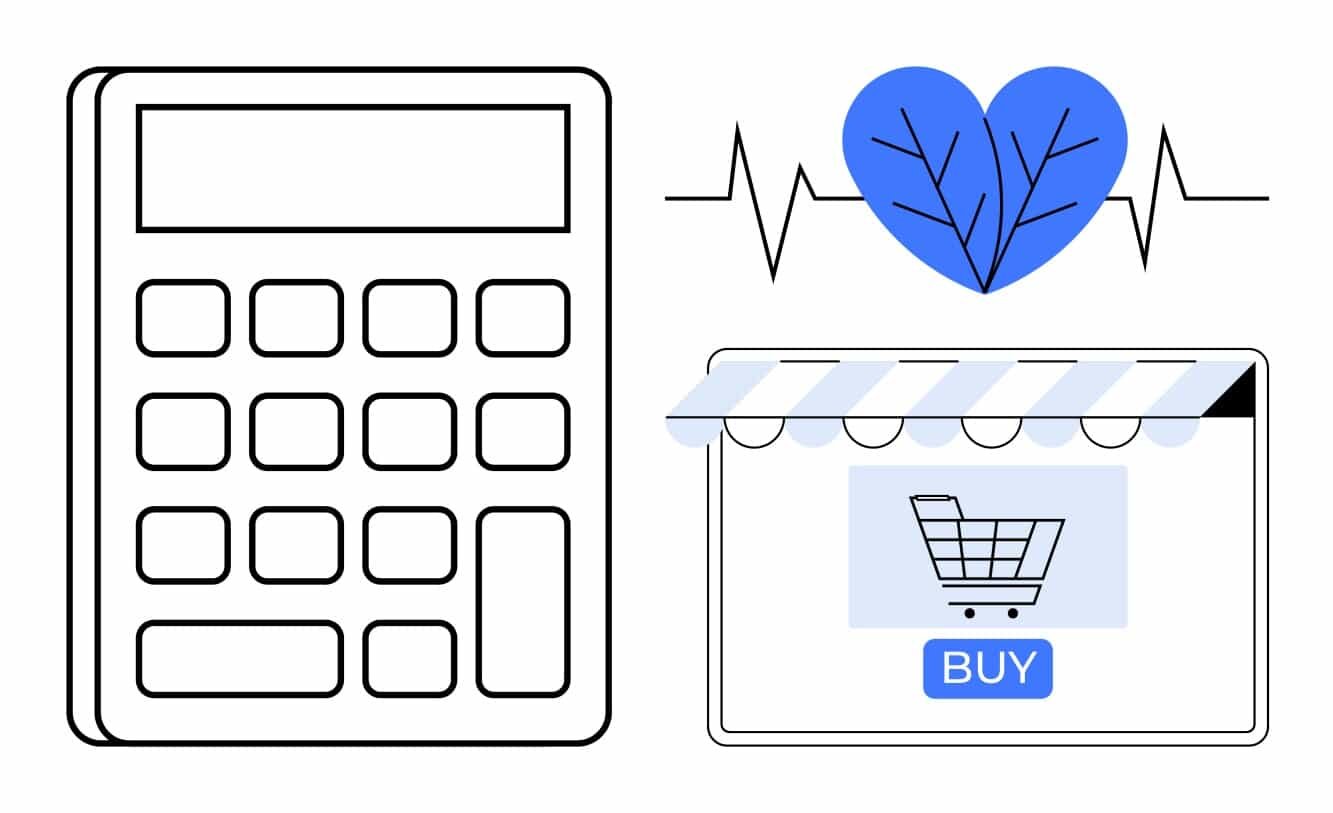
Here are some things you should consider when purchasing modern equipment:
- Budget planning, financing, and leasing. Although these tools are expensive, they tend to have an excellent ROI. Consider financing options, such as leasing or lease-to-purchase. These options can spread the cost of a device over time, making it more feasible.
- Vendor support, training, and warranties. How much support does a vendor give? Do they provide training? How long is the warranty? It’s often worth paying more for good training and support.
- Integration with existing systems. Ensure the tools you buy can integrate with your existing EHR and other systems without requiring extensive software development and customization.
- Used vs. New. With technology advancing at a rapid pace, used equipment may be riskier, but it could be your only affordable option. If you decide to buy used, research the tool’s durability and determine why it is being sold. If it is outdated for them, it may also be obsolete for you. But used can be an option if you’re careful.
Expert Tips: How To Evaluate Tools Before You Buy
Given the cost of these tools, you want to evaluate them before making a purchase. A tool you aren’t finding useful or hate using will not benefit your practice. Here are three tips for evaluation:
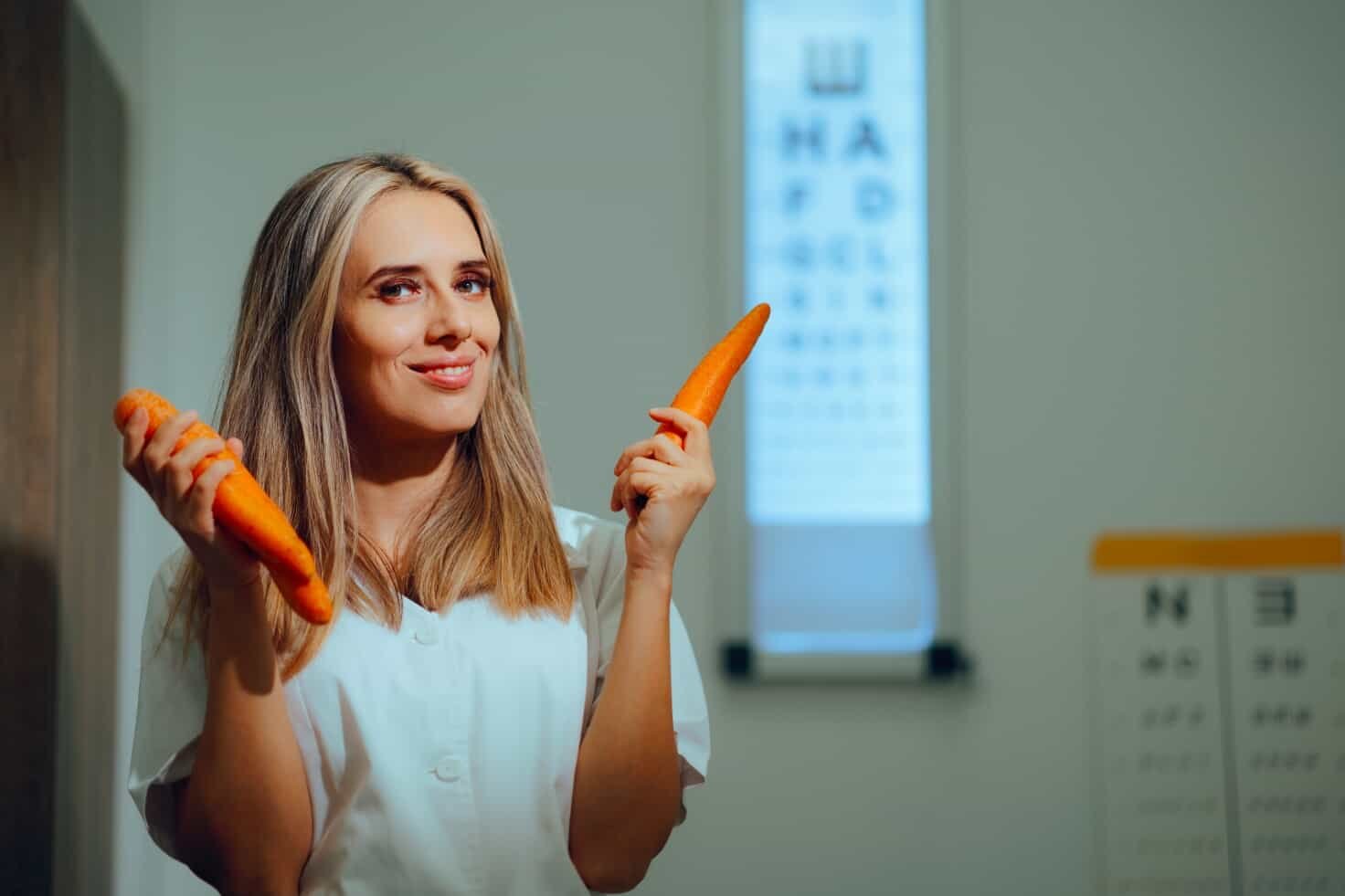
Trial Periods and Demos
Many companies offer trial periods, and most do product demos. Physical demos are better than “virtual” or online demos.
If you want to use the tool, try it and see how the ergonomics work. Does the tool, for example, still work well if the optometrist is unusually short? A trial period is the gold standard, but not all companies offer them.
Reading Clinical Reviews vs. User Reviews
Clinical reviews tend to discuss the accuracy of the tool, while user reviews provide insight into how easy it is to use. Keep this in mind: read both types of reviews.
Poor clinical reviews may indicate a low-quality tool, while user reviews show how well it worked for other clinicians like you.
Peer-To-Peer Recommendations
Even better than reviews, though, are recommendations from your peers. Ask other eye doctors about the tools they use. Learn what they recommend.
Talk to people you know who understand your needs. You can also ask those who work in similar practices. This can give you specific key information to help you find the right tool.
Modern diagnostic tools can increase the accuracy of your diagnostics, streamline your workflow, and improve patient satisfaction. You should consider buying (or upgrading) some of these tools for your practice in 2026. These days, patients have come to expect the use of technology and trust in it. It is no substitute for a trained eye doctor, but it provides tools that help you perform your job more effectively.
If you are looking for the best diagnostic tools for modern eye clinics, contact Dauh Eye Care today. We can provide professional guidance and equipment recommendations tailored to your specific situation.
